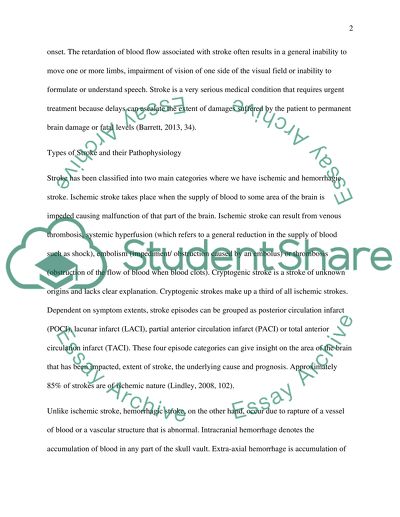Cite this document
(“Stroke Essay Example | Topics and Well Written Essays - 1000 words - 2”, n.d.)
Retrieved de https://studentshare.org/health-sciences-medicine/1675670-stroke
Retrieved de https://studentshare.org/health-sciences-medicine/1675670-stroke
(Stroke Essay Example | Topics and Well Written Essays - 1000 Words - 2)
https://studentshare.org/health-sciences-medicine/1675670-stroke.
https://studentshare.org/health-sciences-medicine/1675670-stroke.
“Stroke Essay Example | Topics and Well Written Essays - 1000 Words - 2”, n.d. https://studentshare.org/health-sciences-medicine/1675670-stroke.


